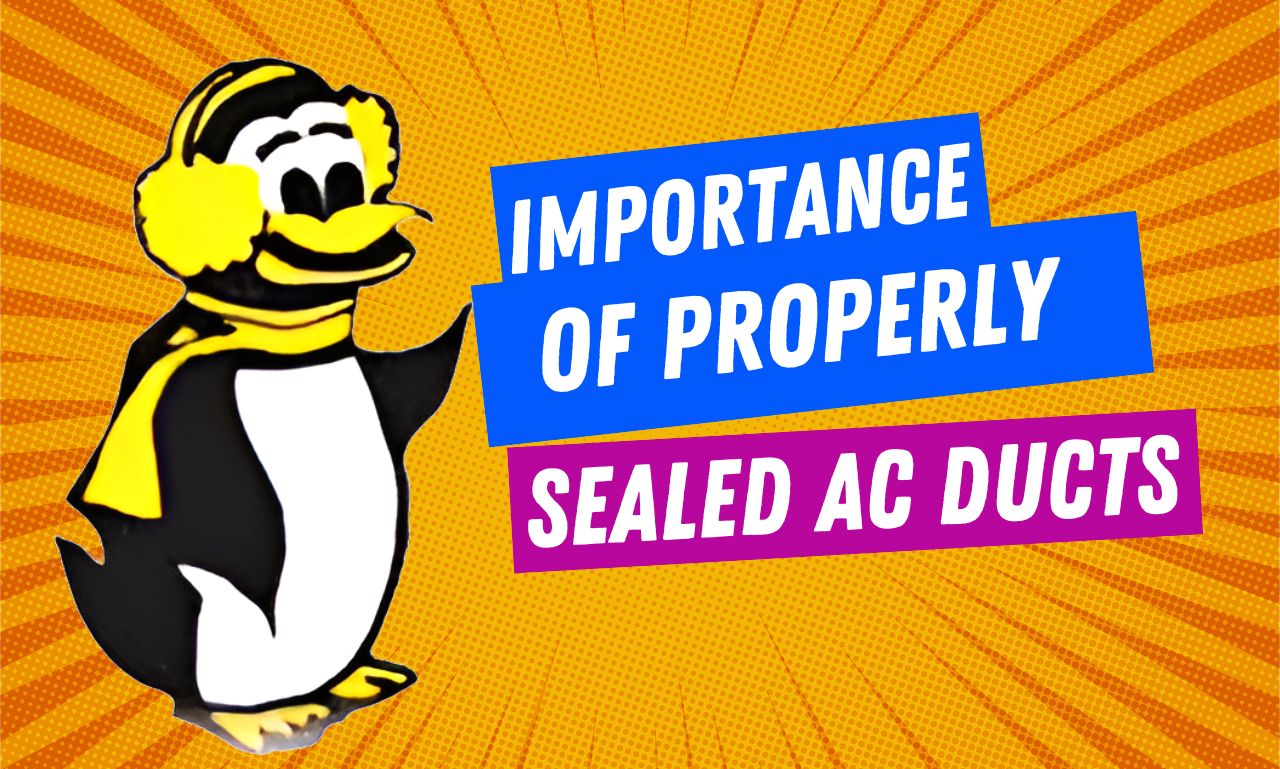Air Sealing Your Home – How to Find and Fix Air Leaks
You might not realize it, but your home is probably full of air leaks. These tiny openings let cold air in during the winter and hot air in the summer, making your HVAC system work overtime (and driving up your energy bills in the process). So if you’re feeling a draft, chances are you have some air leaks in your home. The good news is that air sealing your home is a relatively simple and inexpensive DIY project that anyone can do. This blog post will show you how to identify and seal air leaks in your home.
Start air-sealing your home by doing a walk-through.
Make a note of all the places where you think there might be an air leak. Common area for air leaks include around doors and windows, in attics and crawl spaces, around electrical outlets, and near plumbing fixtures. Once you’ve identified all the potential leaky spots, it’s time to start sealing them up!
Seal Gaps Around Doors and Windows

For small openings, caulk is usually the best option. You can use either latex or silicone caulk; both will do an excellent job sealing off small cracks and gaps. Just apply the caulk directly to the crack or gap using a caulking gun, then smooth it out with your finger (or a wet rag) so it’s evenly distributed.
For larger openings, weatherstripping is a better choice than caulk. Weatherstripping comes in various materials and sizes, so you’ll need to select the right type for the job. Door weatherstripping, for example, is typically made from foam or felt. In contrast, window weatherstripping is usually made from rubber or vinyl. Once you’ve chosen the correct type of weatherstripping, cut it to size with a utility knife and attach it to the door or window frame using nails, staples, or adhesive tape.
Use expanding foam to fill the space for even larger gaps (remember, anything larger than ¼-inch is considered a hole). Make sure whatever product you choose is rated for indoor and outdoor use. Otherwise, it won’t stand up to the elements and will need to be replaced more frequently. Also, follow all manufacturer’s instructions when using any sealant; otherwise, you could do more harm than good.
Add Door Sweeps and Threshold Gaskets
For doors that have gaps at the bottom, try installing a door sweep or threshold gasket along with your regular weatherstripping. Door sweeps are strips of metal or plastic that fit snugly against the bottom of your door, while threshold gaskets fit into the recess where your door meets the threshold (the metal piece that overlaps your doorway). Both door sweeps and threshold gaskets create an additional barrier against drafts and help reduce energy loss. Just like with weatherstripping and caulk, ensure any products you use are rated for indoor and outdoor use—otherwise, they won’t last as long (or work as well).
Plug Up Holes for Wires, Pipes, and Vents

Gaps around wires, pipes, vents, ducts, and cables are another common source of drafts in homes. To help plug these gaps—and stop cold air from coming in—try using silicone caulk or self-adhesive foam sealing tape. In cases—such as around electrical outlets—you may need to use expanding foam sealant instead of (or in addition to) caulk or weatherstripping.
Expanding foam sealant comes in cans that look similar to spray paint cans; point and shoot it into the crack or opening, and it will expand to fill the space. Be careful not to overdo it, though—expanding foam sealant can be messy if you use too much! And once again, make sure whatever product you choose is rated for indoor and outdoor use so it can stand up to any moisture that might be present.
Install Storm Doors and Storm Windows
Storm doors and windows are designed to provide an additional layer of protection against drafts, wind, and rain.
They work by fitting snugly over your existing doors and windows, providing an extra barrier against energy loss. If you live in an area that experiences extreme weather conditions—like gusty winds or severe thunderstorms — consider upgrading your doors and windows to impact-resistant models. These models are designed to withstand high winds and flying debris, helping keep your home safe during severe weather events.
Sealing air leaks in your home can significantly improve comfort and energy efficiency. By taking the time to correctly fill all the cracks and gaps, you’ll be able to keep your home cooler in the summer and warmer in the winter. And save money on energy bills in the process!
Are you noticing uneven temperatures in different rooms of your home? Is your energy bill steadily increasing without explanation? Then, it may be time for a routine HVAC maintenance check. At Devard’s, our trained technicians are ready to come to your home and inspect your heating and cooling equipment. We will then provide you with a comprehensive report and recommendations for improving efficiency and comfort. So don’t wait until it’s too late – call us today and schedule your HVAC maintenance.





